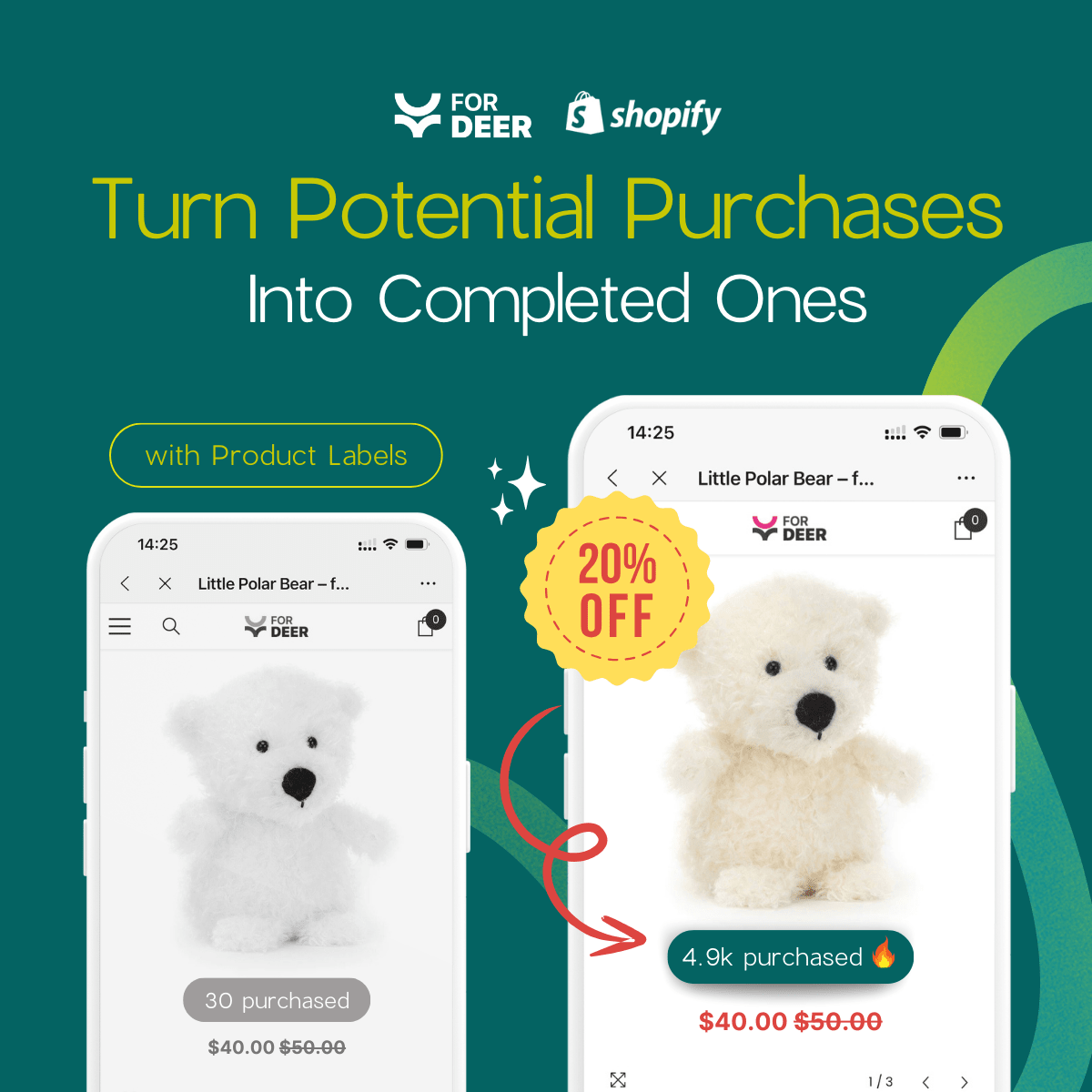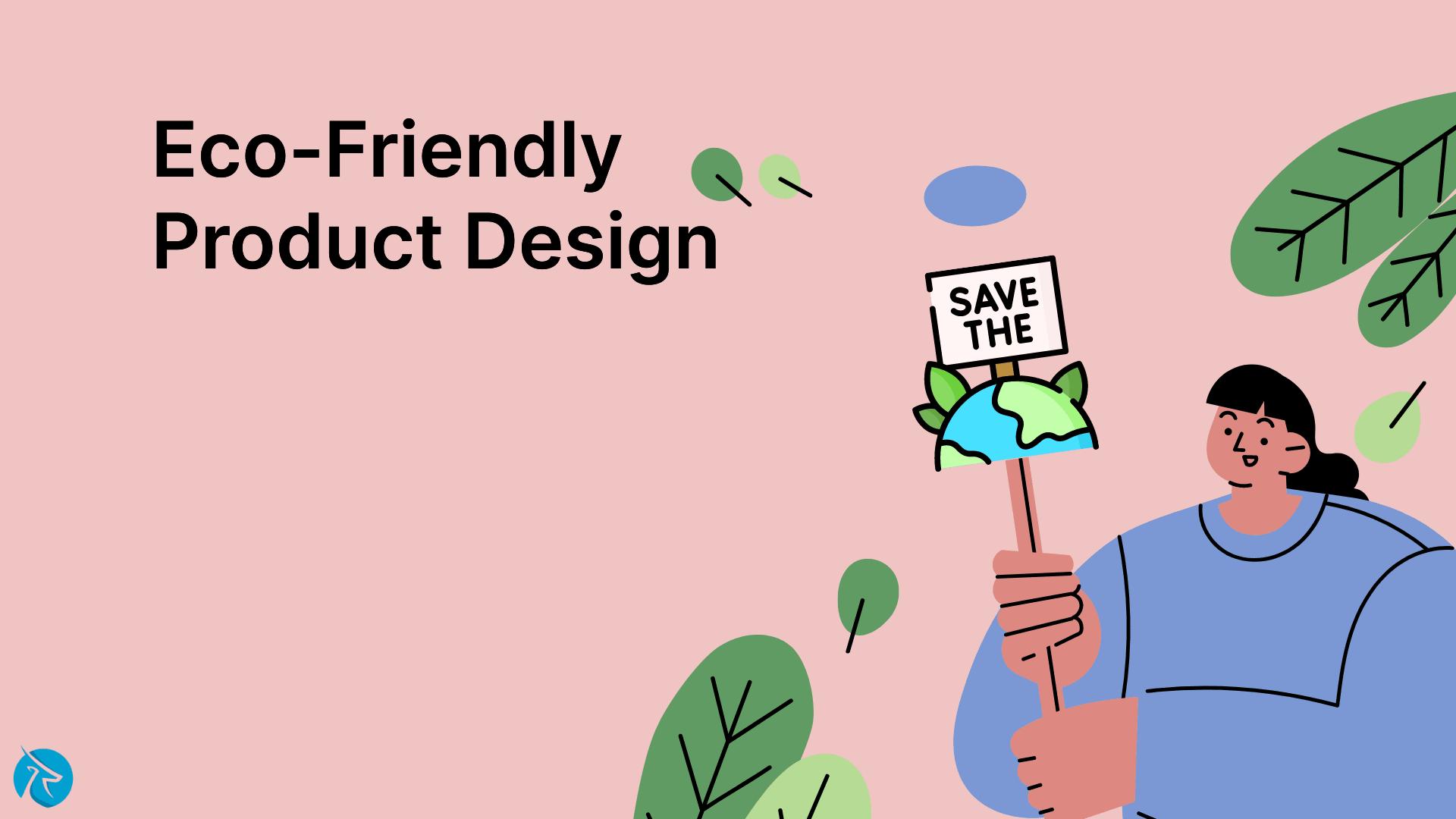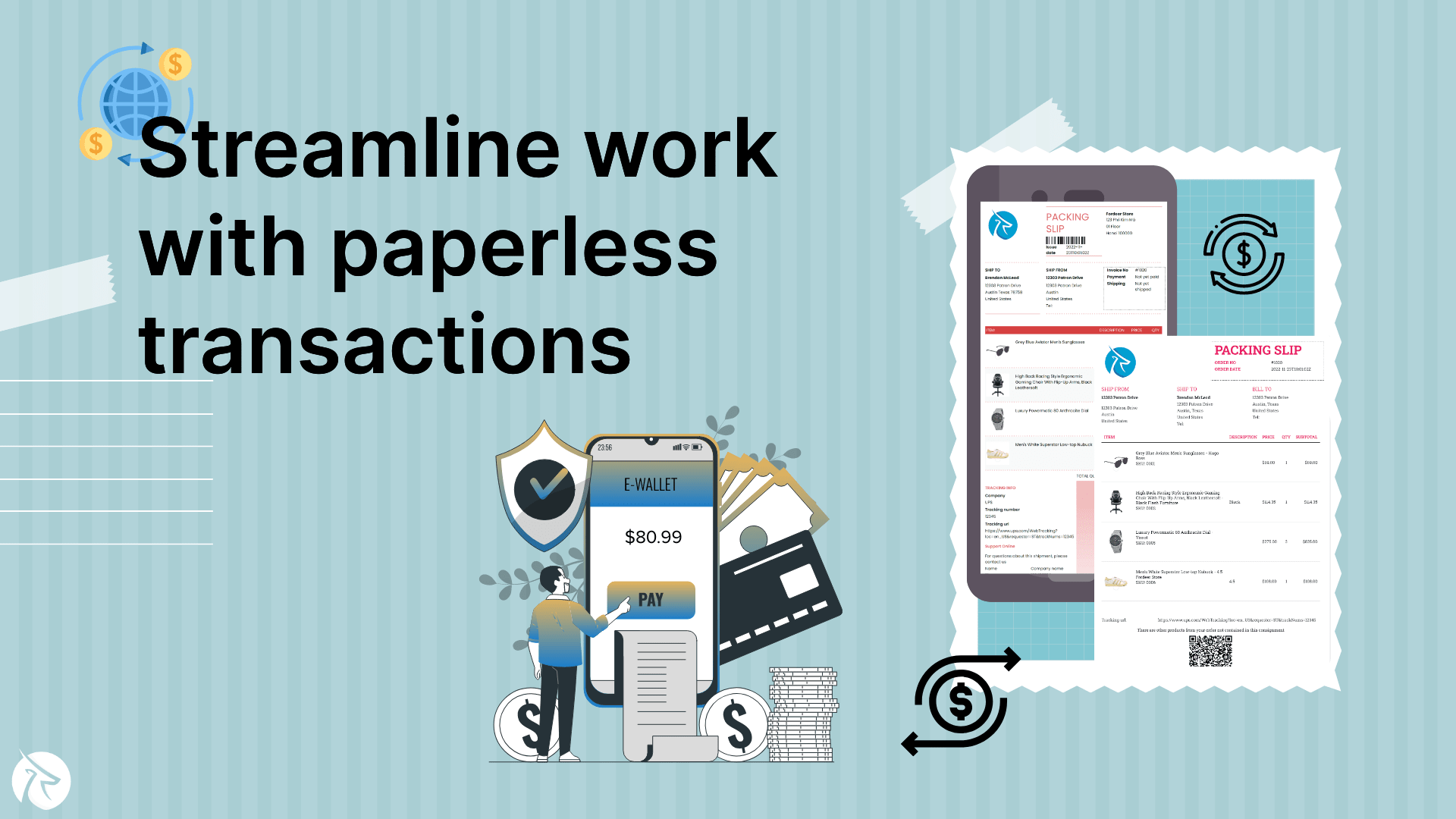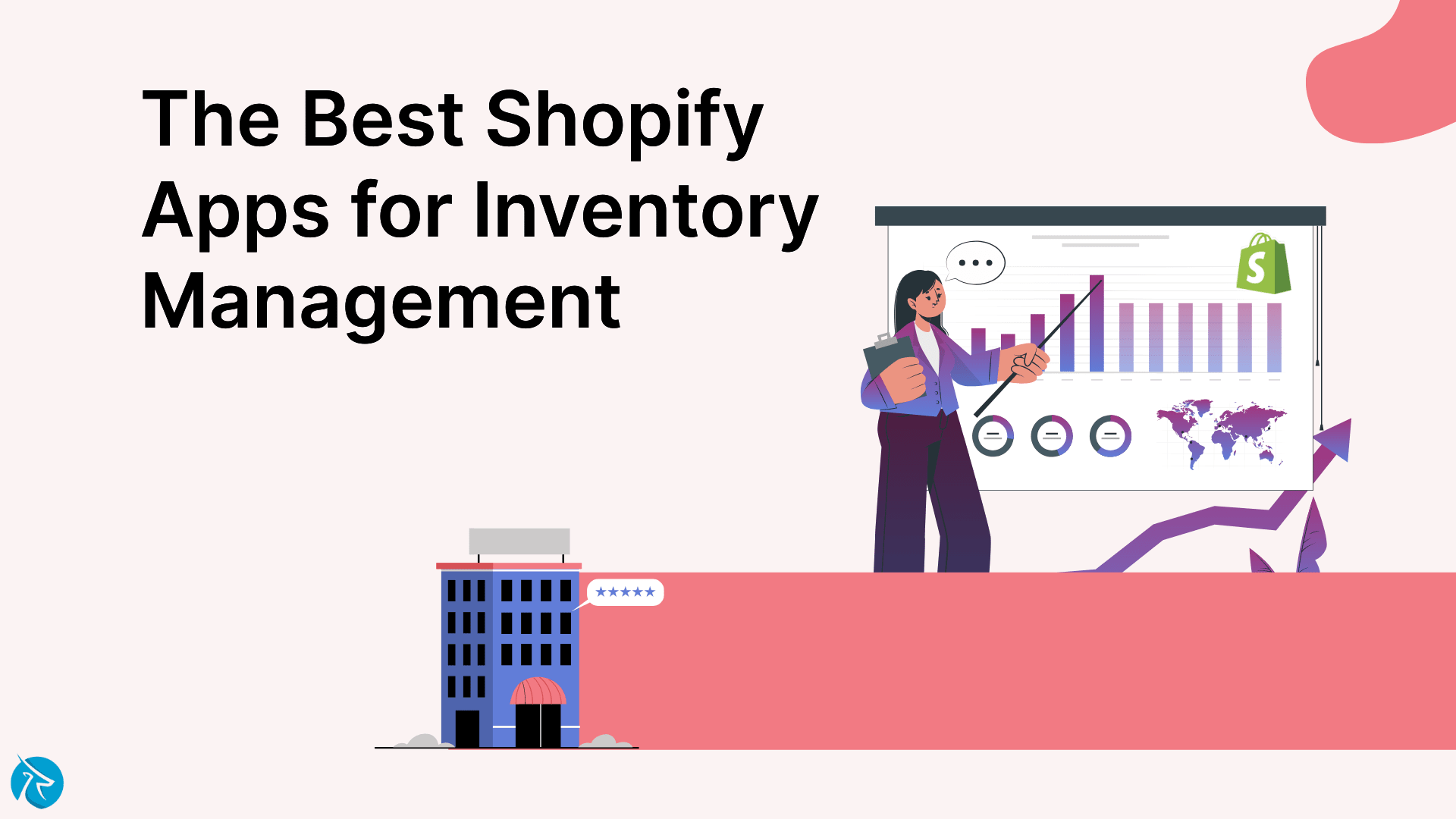Shopify Popup Conversion Strategies: Turning Visitors into Customers
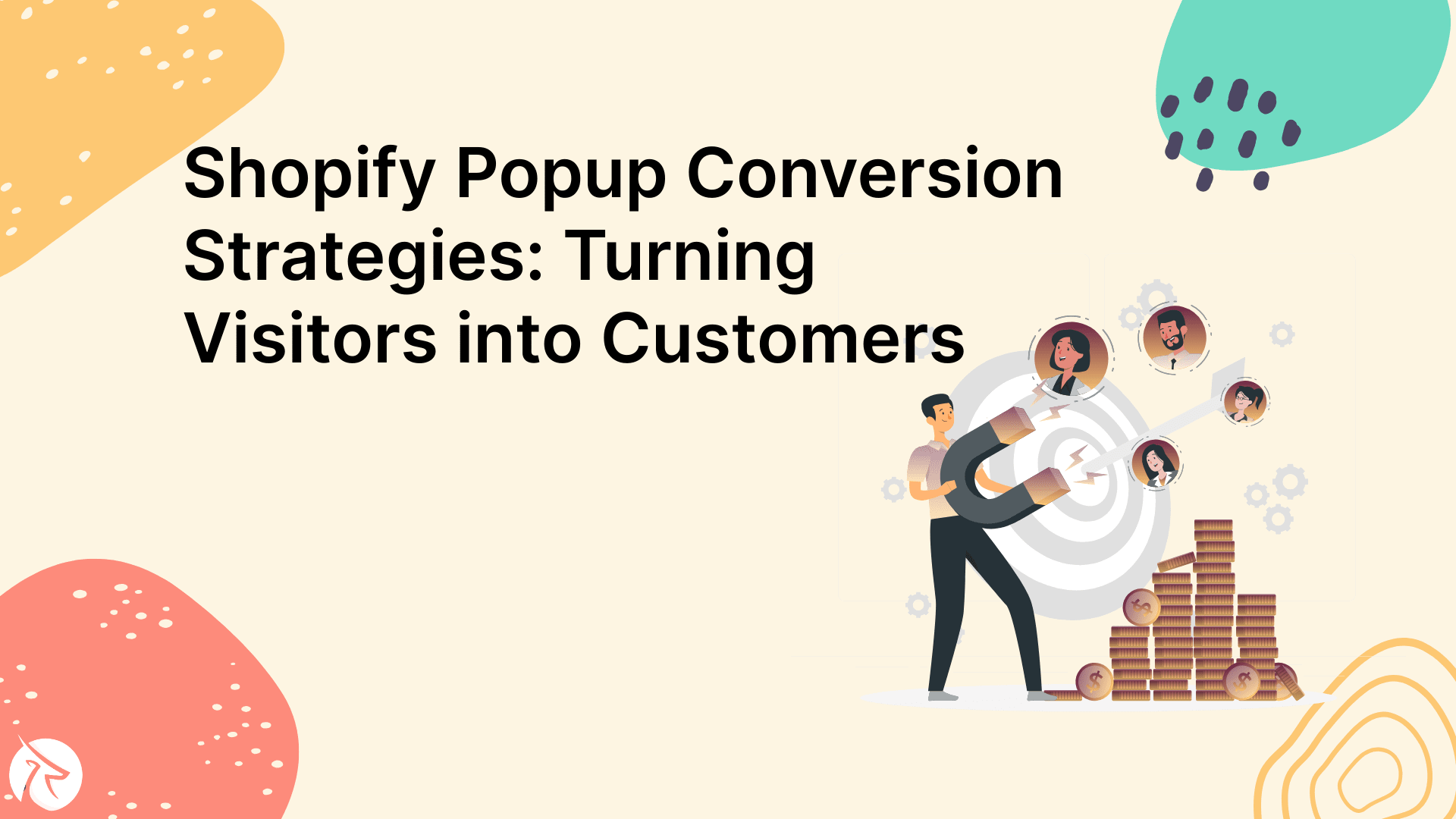
In the ever-evolving landscape of e-commerce, the ability to turn visitors into customers stands as the lifeblood of online businesses. The significance of this conversion process cannot be overstated, as it directly impacts revenue generation and fuels sustained business growth.
Every visitor presents an opportunity, and the art of conversion is about capitalizing on that potential. Within this intricate dance of digital commerce, Shopify popups emerge as powerful tools, ready to play a pivotal role in achieving conversion goals.
As the first rays of the digital dawn broke, the need for effective conversion tactics became evident. The online marketplace is a bustling arena, teeming with choices for consumers. This competitive landscape necessitates strategies that not only attract visitors but also guide them seamlessly toward becoming valued customers.
The role of Shopify popups in this journey is profound. They act as dynamic signposts strategically placed along the user's path, offering tailored messages and opportunities that can't be ignored.
In this article, Fordeer will delve into the world of popup conversion strategies, exploring how these unassuming yet potent tools can shape the destiny of your Shopify store in this vast digital landscape.
Understanding Visitor Behavior
Before we delve into analyzing visitor behaviour in detail, let's understand that capturing how they interact with your website is crucial for success in the world of e-commerce.
Analyzing User Journey
In the complex world of e-commerce, understanding visitor behaviour is crucial. It entails a careful analysis of the customer's path through your online store, from their initial point of entrance through the crucial moment when they make a purchase. This thorough investigation clarifies the key touchpoints where Shopify popups can be extremely effective at influencing visitors' likelihood of converting.
Conversion Funnel Breakdown
It's similar to going on a search through the different phases of a visitor's encounter with your online store to navigate the conversion funnel. It includes everything from their initial awareness of your goods or services to the end result, which is to make them into ardent supporters of your company.
The use of Shopify popups may be used to strategically target the opportunities and obstacles present at each point of this journey, whether it be Awareness, Interest, Decision, or Action.
You may create popup-driven conversion strategies that address visitor demands at various stages of the purchasing process by observing and responding to these subtleties, ultimately resulting in higher conversion rates and the expansion of your business.
Types of Shopify Popups
Shopify popups come in various forms, each designed to serve specific purposes and engage visitors effectively:
Exit-Intent Popups: The development of exit-intent technologies has revolutionized e-commerce. When a visitor is about to leave your website, it watches their mouse movements and alerts you.
These popups are timed to appear just when the visitor is about to navigate away. Consider giving great material that entices visitors to remain and take action, promoting last-minute specials, or offering compelling discounts as successful ways to deploy exit-intent popups.
Welcome Popups: Making a good first impression requires writing captivating welcome letters. When introducing yourself to visitors, use a welcoming tone and concise value statements.
You have the opportunity to give visitors a sense of value right away by using welcome popups. To establish the tone for their journey, encourage them to perform particular actions as soon as they arrive, such as subscribing to newsletters or perusing featured products.
Cart Abandonment Popups: In e-commerce, cart abandonment is a common problem. This problem is addressed with cart abandonment popups, which alert visitors to products still in their carts.
These pop-ups can generate a sense of urgency or offer incentives like discounts or free shipping to entice customers to finish their purchases. They are essential for increasing conversion rates and recouping possibly lost sales.
Product Recommendation Popups: Popups that suggest products are effective tools for upselling and cross-selling. Using information from the visitor's browsing and purchasing history, they recommend related or complimentary products.
For these popups, personalization is essential. A more relevant and interesting shopping experience is produced by customizing product recommendations to individual tastes.
Email Signup Popups: Your marketing operations must include the creation and maintenance of an email subscriber list. Pop-up email signup forms are intended to collect visitor data for upcoming communications. Consider including incentives in your email registration popup designs, like discounts or access to premium content.
Forms must be easy to read and visually appealing to get users to enter their email addresses. These popups are a useful tool for expanding your clientele and keeping interaction high.
Crafting Compelling Popup Content
Headlines and Messaging
As visitors arrive, your popup's headline should immediately capture their interest by using concise and straightforward language to express the value or offer, whether through questions, action verbs, or a sense of urgency
Your popup's message needs to be compelling and goal-oriented. Clearly state the advantages of the desired action, whether it be making a purchase, signing up for a subscription, or perusing your material. Consider the demands of the visitor and how your offer responds to those needs.
Visuals and Design
In the realm of popups, visual appeal is quite important. Make sure your popup's design complements the aesthetics of your business and gives visitors a satisfying visual experience. Complementary colour palettes and high-quality photos can improve the overall attractiveness.
Design elements like contrast, white space, and font can be employed to capture visitors' attention on crucial popup sections. Visual cues such as check marks or directional indicators like arrows serve to emphasize key points, all while maintaining a clean and uncluttered design for professionalism and clarity.
Call-to-Action (CTA) Buttons
To initiate the conversion path effectively, place a strong emphasis on your CTA button, ensuring it not only grabs the visitor's attention through a well-chosen contrasting hue but also maintains the right size and strategic positioning within the popup, all while using compelling action-oriented phrases such as 'Buy Now,' 'Subscribe,' or 'Get Started' to significantly enhance click-through rates and guide users toward the desired actions.
To prompt swift action, it's crucial to ensure that your CTA button features concise, action-oriented text tailored to your desired outcome. One effective approach is experimenting with different CTA texts through A/B testing to determine the most resonant choice for your audience. For instance, consider phrases like 'Limited Time Offer' or 'Act Now' to evoke a sense of urgency, motivating visitors to take immediate action.
Strategic Timing and Triggering
Exit-Intent Triggers
Exit-intent technology recognizes when a visitor is about to leave your website, which is often indicated by their cursor moving in the direction of the close or back buttons on the browser. Exit-intent popups are triggered at this crucial time to grab their attention.
For effective utilization of exit-intent popups, contemplate providing enticing incentives as visitors prepare to exit. These incentives might encompass discounts, exclusive access, or complementary resources.
Timed Popups
Popups rely heavily on timing. A welcome popup, for example, should greet a visitor when they first arrive on your website. Exit-intent popups, on the other hand, should only be used when a visitor expresses a desire to leave. It's critical to time your popups based on the behaviour of your visitors and your conversion goals.
To strategically engage visitors at specific stages of their journey, consider using timed popups. For example, after a visitor has spent some time browsing your site, offering a popup with a discount code can effectively encourage them to make a purchase. It's crucial to ensure that the timing of your popups aligns with the visitor's level of engagement to maximize conversions.
Scroll-Based Triggers
When a visitor scrolls down a specific percentage of your page, these triggers cause popups to appear. It works well to keep their interest when they interact with your information.
Experiment with different scroll depths to identify the most effective timing for your popups. Employ scroll-based triggers to offer valuable resources to visitors as they reach specific sections of your website, which can serve purposes like lead generation or content upgrades.
Cart Abandonment Triggers
When a visitor adds things to their basket but then decides not to finish the transaction, cart abandonment triggers are set off. As they provide you the option to fix any issues or provide incentives to encourage completion, they are an essential tool for recovering abandoned carts.
In order to persuade customers to complete their purchase, cart abandonment popups should highlight the importance of the items in the basket, give guidance or responses to frequently asked queries, and provide incentives like discounts or free shipping.
Personalization and User Segmentation
Tailoring Popups to User Behavior
Tailoring popups to the visitor's behaviour involves presenting relevant offers, such as displaying discounts when a visitor explores a specific product category and enhancing their experience by recommending products or services based on their browsing history and preferences.
Using Customer Data for Advanced Personalization
Consider leveraging the power of client data analysis to enable extensive popup personalization. For instance, you can showcase new arrivals from a visitor's favourite brand.
To continually enhance these personalization efforts, incorporating A/B testing and consumer segmentation is highly recommended. This will enable you to analyze the impact on conversion rates and make necessary adjustments to your strategies for optimum results.
Conclusion
Effective Shopify popups are driven by personalization and user segmentation. Creating personalized shopping experiences based on visitor behaviours and preferences is what tailoring popups to user behaviour entails.
For example, if a user has been looking into a particular product category, your popup can offer them bargains and recommendations that are relevant to their interests, improving their opinion of your business.
The next phase is to use client data for sophisticated personalisation. More advanced popup customisation is possible with deeper insights into client information. For example, if a consumer consistently chooses a specific brand, utilize this information to display appropriate offers.
A/B testing and customer segmentation are two data-driven tactics that can help you enhance your personalization efforts and ensure your Shopify popups maximize value for both visitors and your business.



